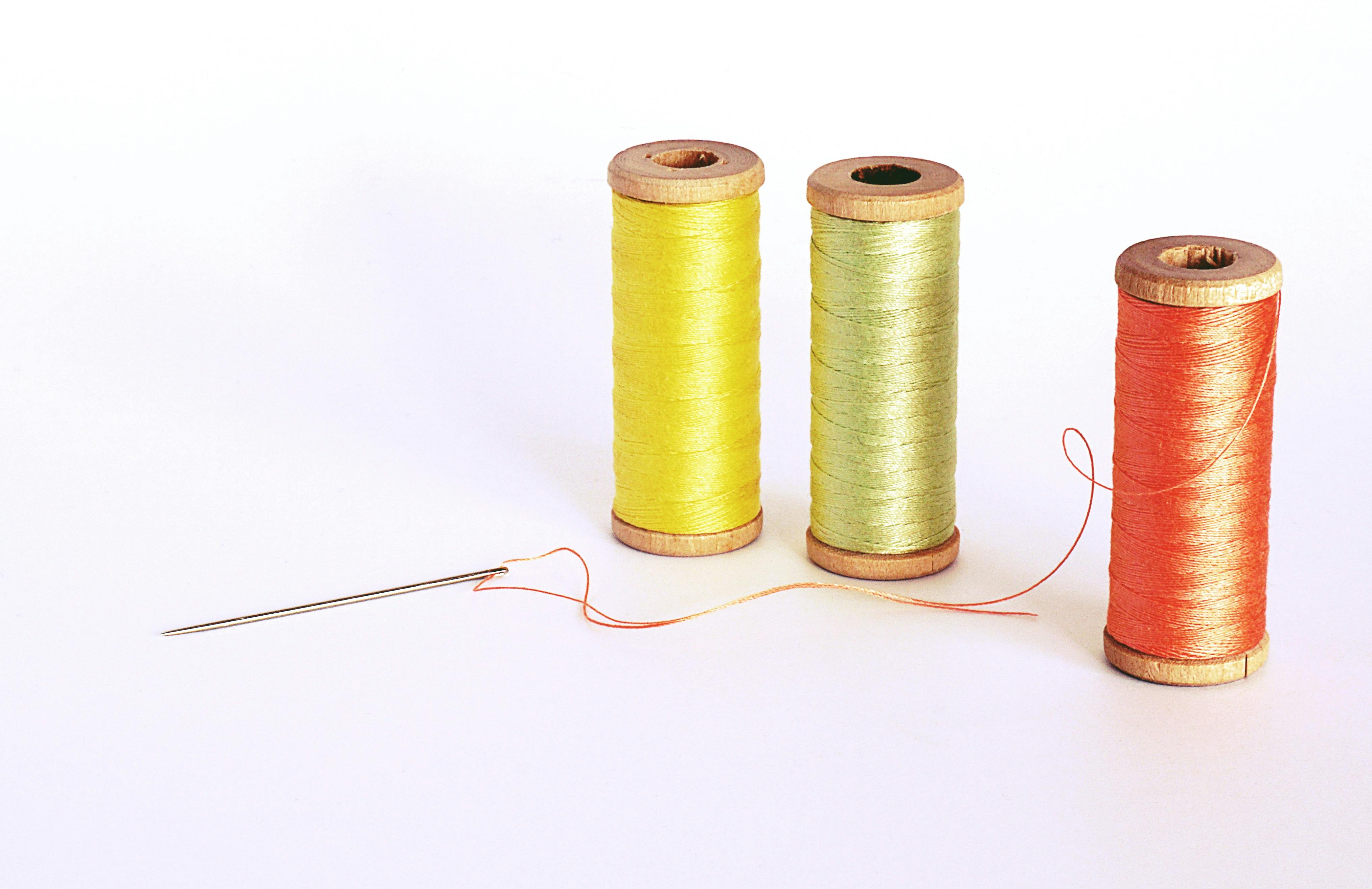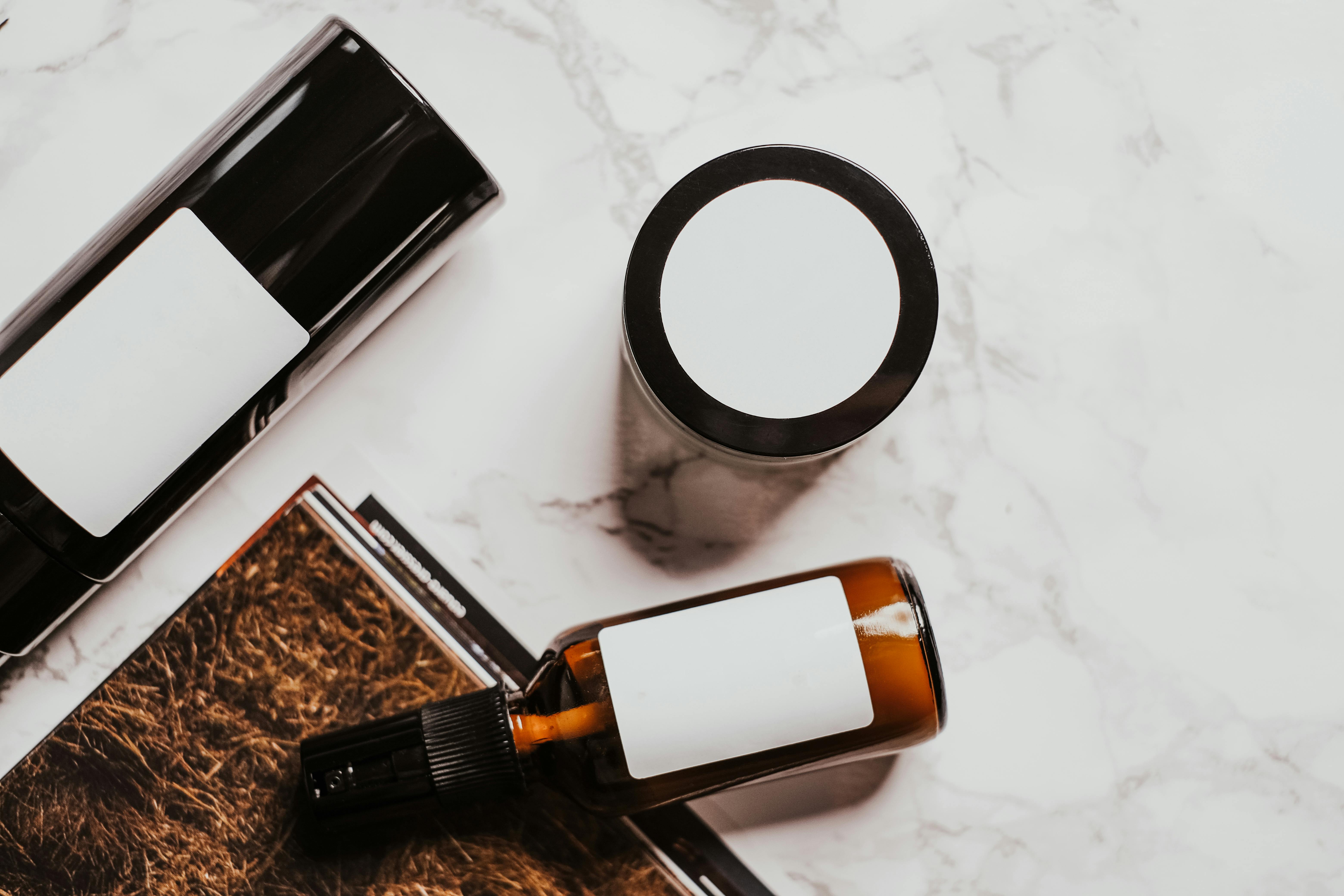First, you can start by taking a favorite dish and tweaking the standard recipe to a low-fat, low-cholesterol version. Cholesterol should be avoided or markedly reduced. Avoid animal foods such as egg yolks, beef and pork, poultry, and dairy products.
Before getting into specific low cholesterol recipes, follow the tips below to turn normal recipes into low cholesterol recipes.
LOW CHOLESTEROL RECIPES AND MEATS
Even lean meat has fat. Here are some ways to reduce the saturated fat in meat and possibly make it into low-cholesterol recipes:
Grill instead of frying meats such as hamburgers, lamb chops, pork chops, and steak.
Use a rack to drain fat when grilling, roasting, or baking. Instead of basting with juices, keep meat moist with wine, fruit juices, or an acceptable oil-based marinade.
Cook one day in advance. Stews, boiled meats, broths, or other dishes in which fat is cooked in the liquid can be refrigerated. Then the hardened fat can be skimmed off the top.
Make sauces after the fat has hardened and can be skimmed from the liquid.
When a recipe calls for browning the meat first, try browning it under the broiler instead of in a skillet.
RECIPES AND VEGETABLES LOW IN CHOLESTEROL
Low cholesterol recipes can be made naturally with vegetables, since vegetables hardly have cholesterol. Add herbs and spices to make the vegetables even tastier. For example, these combinations add subtle new flavors:
Rosemary with peas, cauliflower and pumpkin
oregano with zucchini
Dill with green beans
Marjoram with Brussels sprouts,
carrots and spinach
Basil with tomatoes.
Start with a small amount (1/8 to 1/2 teaspoon per package of frozen vegetables), then let you and your family’s taste be your guide. Chopped parsley and chives, sprinkled just before serving, also enhance the flavor of many vegetables.
Try cooking the vegetables in a little vegetable oil, add a little water during cooking if needed, or use a vegetable oil spray. Just 1 to 2 teaspoons of oil is enough for a four-person package of frozen vegetables. Place in a skillet with a tight-fitting lid, season, and cook over very low heat until the vegetables are done.
LOW CHOLESTEROL AND SODIUM RECIPES
Most of us eat much more sodium than we need. In some people, this can lead to high blood pressure, which increases the risk of stroke, heart disease, and kidney disease. The American Heart Association eating plan limits sodium intake to 2,400 milligrams per day. That’s about a teaspoon of salt. People with high blood pressure may need stricter sodium limits.
Most of the sodium in our diets is added during processing, while preparing food, or at the table. To help you reduce sodium in your diet:
Use less or no salt at the table and in cooking.
Use herbs and spices instead of salt.
Limit your intake of foods high in added sodium, such as:
Canned and dry soups
canned vegetables
Ketchup and mustard
salty snacks
olives and pickles
Sausages and cold cuts
Bacon and other cured meats
cheeses
Restaurant and take-out foods (such as French fries, onion rings, hamburgers)
RECIPE MODIFICATION IN LOW CHOLESTEROL RECIPES
To control the amount and type of fat, saturated fat, and dietary cholesterol you eat:
Select lean cuts of meat and trim all visible fat before cooking.
Serve moderate portions and try “low meat” dishes that include pasta, rice, beans and/or vegetables.
Do you use cooking methods that require little or no fat? boil, broil, bake, broil, poach, steam, sauté, sauté or microwave.
Replace saturated fat with healthier substitutes. For example, when your own recipe calls for butter, lard, bacon, bacon fat, or chicken fat, use margarine that contains no more than 2 grams of saturated fat per 1 tablespoon or unsaturated vegetable oil.
If you want to really know about cholesterol, how it affects your health, etc., I recommend you subscribe to “The Cholesterol Report”. It is a series of 5 emails and you don’t have to rush through it as it arrives in your inbox every 2 days. It tells you more about how cholesterol causes heart disease, the top 5 causes of cholesterol, how cholesterol drugs cause terrible side effects (and you can do without them), and most importantly, 5 ways to lower cholesterol. of natural form.



